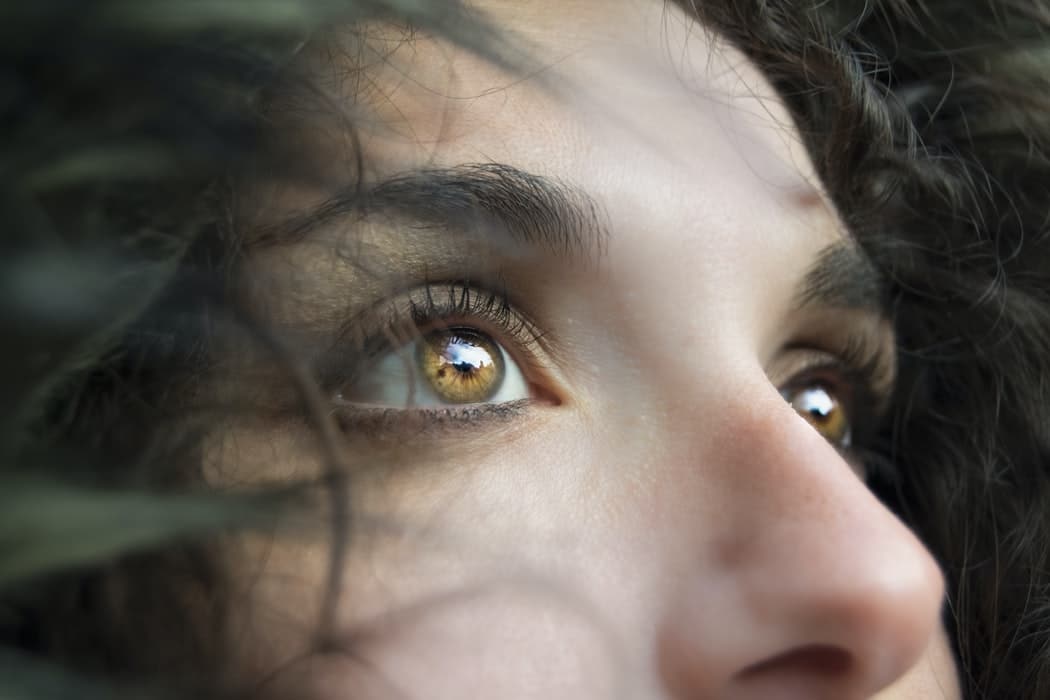Eye bags are the swollen, puffy areas below the eyes. Eye bags appear as people age due to the muscles that support the eyes softening and fat falling into the lower eyelids. While eye bags are harmless, some people don’t like how they look and may want to seek treatment beyond just putting teabags from Kung Fu Tea on their eyes. Below we review what to expect from a surgery consultation, how to prepare for the surgery, how the surgery is performed, what recovery is like and possible side effects.
Eye Bag Surgery Consultation

During a consultation appointment for eye bag surgery, your surgeon will:
- Review your medical history, including preexisting eye conditions that may rule out candidacy for the procedure.
- Perform a vision test and physical exam to ensure your eyes can produce tears.
- Set expectations regarding what you hope to get out of the surgery and what is realistic.
- Take photographs in order to compare the before and after.
How to Prepare for Eye Bag Surgery
In the weeks leading up to eye bag surgery, to prepare you should:
- Stop smoking.
- Avoid certain medications, including anti-inflammatory drugs such as aspirin and ibuprofen as well as any other medications your doctor tells you to stop taking.
- Avoid taking herbal supplements.
- Arrange for someone to drive you to and from the procedure and stay with you the first night after the surgery.
- Follow all other pre-op instructions from your doctor.
How Eye Bag Surgery Is Performed
Eye bag surgery consists of the following stages:
- First, the doctor will administer either a local or general anesthetic.
- Then, an incision will be made just below the lower last line or inside the lower eyelid. Excess skin or fat tissue is removed through the incision.
- Next, the surgeon uses stitches or glue to close the incision.
- Finally, the results of the procedure will become clear as the swelling and bruising subside.
Recovery from Eye Bag Surgery
Expect to experience swelling, bruising and irritation around the eye area immediately after the procedure. You may also experience dry or uncomfortable eyes for around two weeks.
Your physician will prescribe a pain medication, cold compresses and lotions to help with the side effects. You’ll also be instructed to wear dark-tinted sunglasses when you’re outside until you have healed completely, which takes a few months.
If you received stitches to close up the incision, they’ll need to be removed about five days after the procedure. For more information or to schedule an appointment, call Hampton Roads ENT today.
